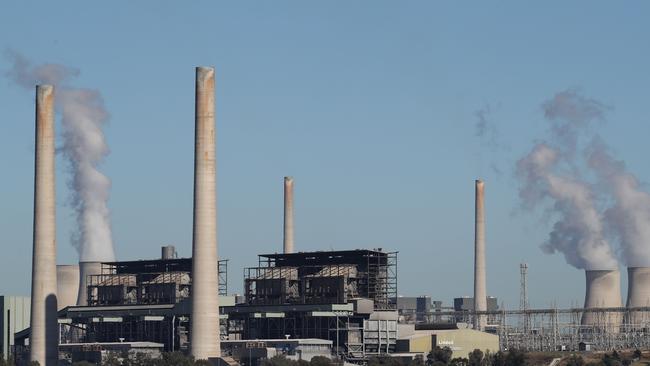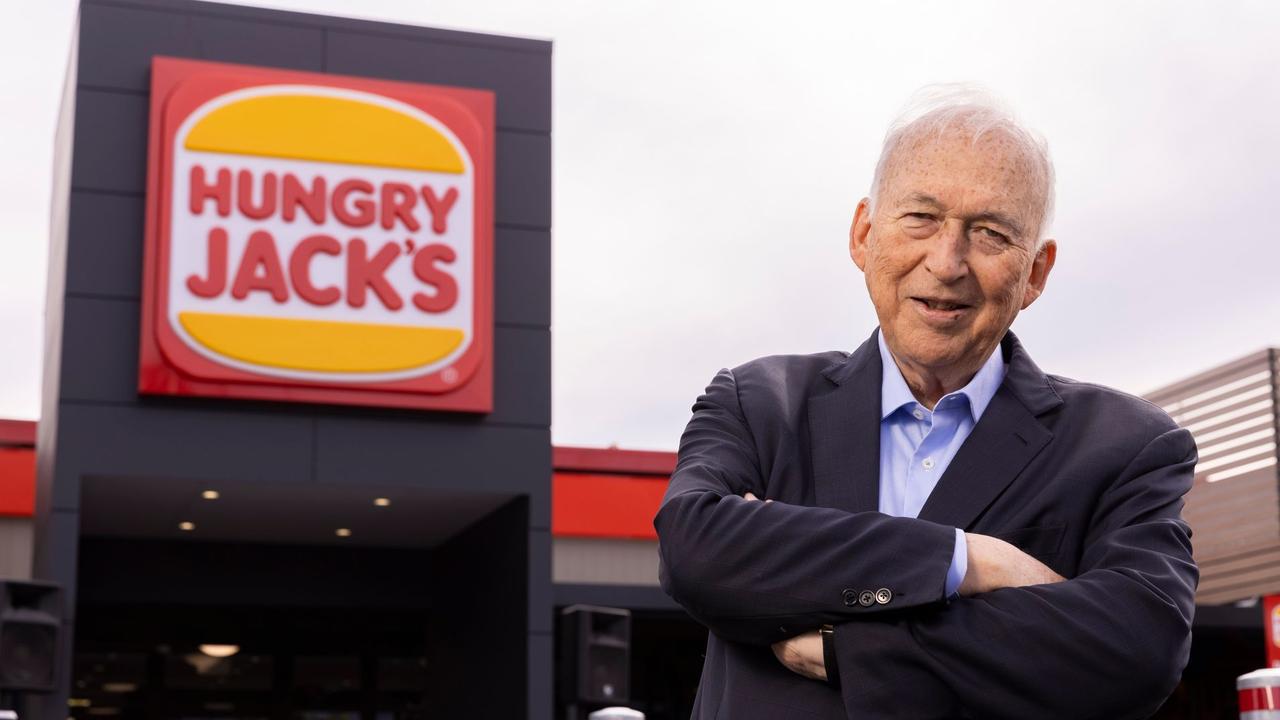AGL Energy says ending coal generation by 2030 an ‘engineering impossibility’
AGL has held meetings with its largest shareholders, including Mike Cannon-Brookes, and says it will be an ‘engineering impossibility’ to close its coal power plants by 2030.

AGL Energy said it was an “engineering impossibility” to replace all of its coal generation by 2030 with renewable energy capacity as a battle heats up over the merits of its demerger plan.
The power giant has held a series of meetings with large shareholders this week including a combative discussion with Mike Cannon-Brookes, its biggest investor, who is plotting to foil its restructure into separate retail and generation businesses.
Mr Cannon-Brookes wants AGL to close its big coal plants by the end of the decade so it can accelerate a move to green-focused power but Australia’s largest electricity generator said fast-tracking the transition did not add up.
“What resonated very strongly with our shareholders is that to close Bayswater and Loy Yang A would require about 5 gigawatts of replacement capacity,” AGL chief executive Graeme Hunt said following meetings with investors.
“If you did that through renewables, then you need somewhere between 12-15GW because the wind doesn’t blow all the time and the sun doesn’t shine all the time.
“But if you focus on wind farms, in the past five years, there’s only been 4GW of wind farms built across NSW and Victoria. So to replace Loy Yang and Bayswater with wind farms by 2030, you’d have to build out twice as fast as what’s been able to be built in the last five years.”
The future of coal has been an ongoing point of tension between AGL and its biggest shareholder who wants the fossil fuel stripped from its portfolio much earlier than planned closure dates. AGL has suggested it was open to faster shutdown dates but said 2030 was not feasible.

“You’d need $30bn, you’d need a footprint available to you twice the size of the ACT and that’s before you even start to consider the cost of firming capacity or transmission. And what we would say is, that will happen, but it will happen at a rate which is doable. And it won’t happen now that we’re sitting halfway through 2022 and 2030. It is just a physical engineering impossibility.”
AGL plans to split off AGL Australia, with its 4.5 million customer base, into a newly listed retail-focused company with the current company to be rebadged as a coal-dominated generator called Accel Energy.
Demand for coal closure dates of 2030 would mean Loy Yang A station would close 15 years earlier than currently scheduled in 2045 and Bayswater in NSW some five years earlier by 2035.
Bayswater produces enough power for 2m Australian households and combined with AGL’s Liddell station, set to close next summer, supplies 35 per cent of NSW power.
Loy Yang A generates 30 per cent of Victoria’s power requirements and its coal mine also supplies Loy Yang B, owned by Alinta and set to close in 2047.
Mr Cannon-Brookes, one of the country’s richest businessmen, dramatically intervened 10 days ago to stop an attempt by AGL to hive off its coal-fired power stations less than two months after the power giant rejected two takeover offers with his co-bidder, Brookfield.
AGL has published a scheme booklet explaining the case for its demerger but UBS said it did not do enough to materially de-risk a shareholder vote on the split.
Analysts have been pouring through demerger documents to determine if the planned company break-up will deliver superior returns for shareholders as promised by AGL.
However, UBS said the booklet didn’t deliver a knockout blow. “The scheme booklet reiterated the strategic rationale to demerge but didn‘t provide enough new information to materially de-risk the shareholder vote, in our view,” UBS analyst Tom Allen wrote.
UBS said the benefit of a split hinges on the combined cost of capital for retailer AGL Australia and coal generator Accel Energy being stronger than AGL today with dis-synergies offset and exceeded by sustainable cost savings and new growth opportunities.
“While access to capital to drive decarbonisation could potentially be faster under a demerger, we remain cautious that much of the benefit to demerge is difficult to quantify,” Mr Allen said.
AGL Australia may attract a green premium but Accel‘s cost of capital could rise as concerns on coal exposure grow while a further risk looms given many of its key contracts with buyers are set to expire later this decade.
AGL fell 0.1 per cent to $8.19.



